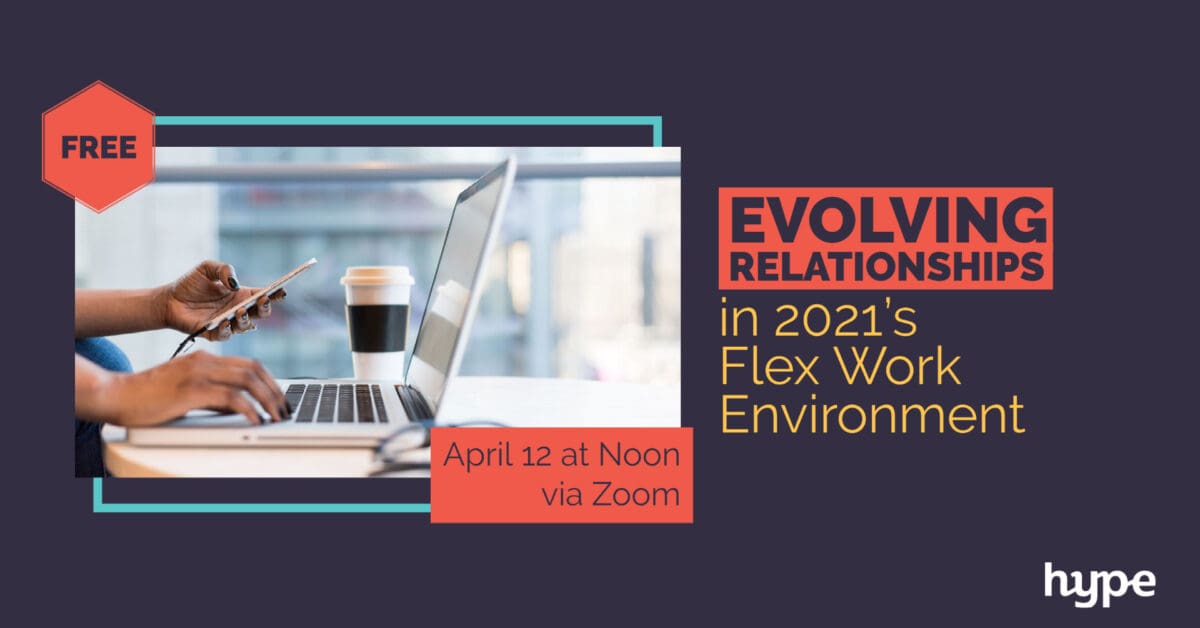“Headed off to work!” This phrase has evolved substantially over the last 12-18 months. Who knew a global pandemic would be the drive for change in the workforce that we all needed? There used to be a time where going to work would mean showing up at a specific time, putting in your hours and heading home. This has now evolved for many of us, allowing greater control of working time versus life happenings.
There have been both advantages and disadvantages to this new norm. Many employees will say the flexibility of work hours has completely changed their life away from work, along with saving travel time. Meanwhile, others will note the heartache of technology malfunctioning or having issues communicating with others outside their organization. Melanie Luthi, a Senior Project Engineer for McCownGordon was one of four panelists to participate in a Monday Session via Zoom for Manhattan’s Young Professional Organization, HYPE, and provided outstanding insights during the panel.
Creating, Fostering, and Nurturing Culture
Mike Matson & AshLee Lattner with the Farm Bureau, emphasized that the relationships that were built before the work environment changing are the ones that continue to see success. The trust gained during face-to-face interactions in the past has allowed associates the opportunity to branch out and take on more responsibilities without any increase of oversight. When this takes place, a work environment becomes very entrepreneurial, leading to further success of companies. Shifting to a more remote working environment, however, has made us all take a step back and put a microscope on maintaining that culture, just in a more flexible way.
Clear and Concise Communication
The biggest change in the construction industry during this time is communication between Design Teams and Owners. The coordination efforts of communicating with these external partners have been a fundamental piece to project success during this time. Whether it is a Facetime with an Architect or a detailed sketch to an Engineer, being flexible with communication to others has allowed the industry to carry on. Angela Altamore, Kansas State University Foundation, shared that coming up with a consistent plan among team members will ultimately define the success. Whether it’s a daily or weekly check-in via Zoom, keeping it consistent will allow the group to understand expectations. However, nothing beats an “old-fashioned” phone call to connect with others.
The last question asked to the panelists delivered a great comment by Melanie. She recommended reaching out to your clients, associates, etc. just to see how they are doing during this transitional year. Giving someone your ear for 20-30 minutes bolsters the three items mentioned above. Melanie also promoted spending time with your peers. Most likely they are the one’s going through the same challenges and struggles and may provide an insight on how to tackle a situation.





